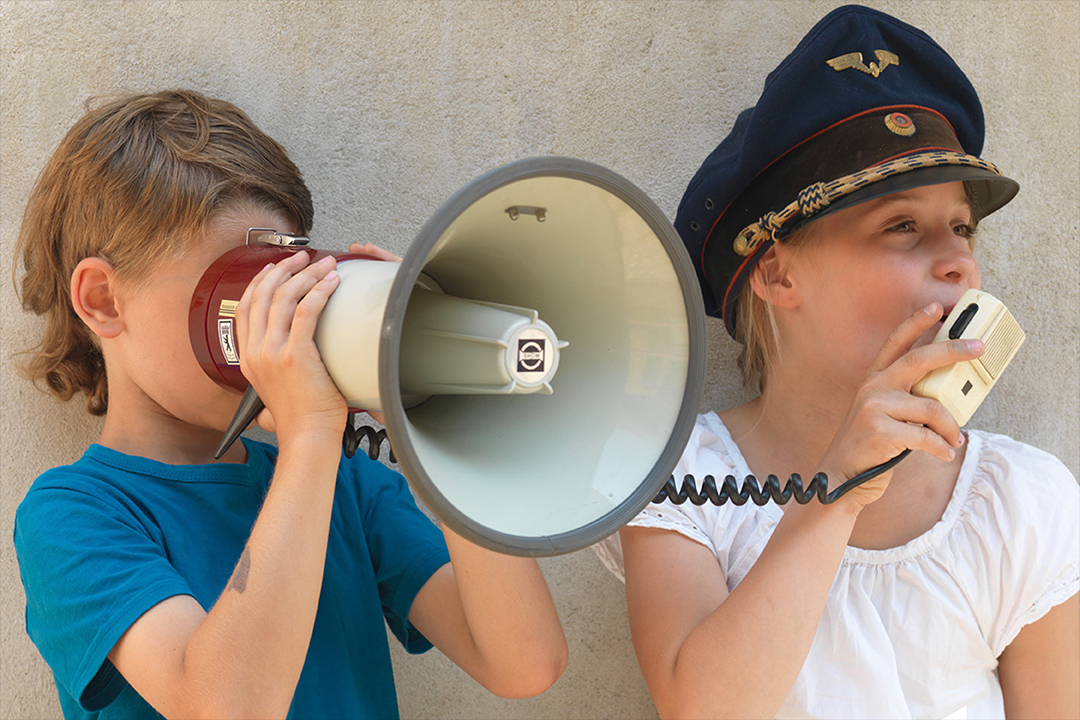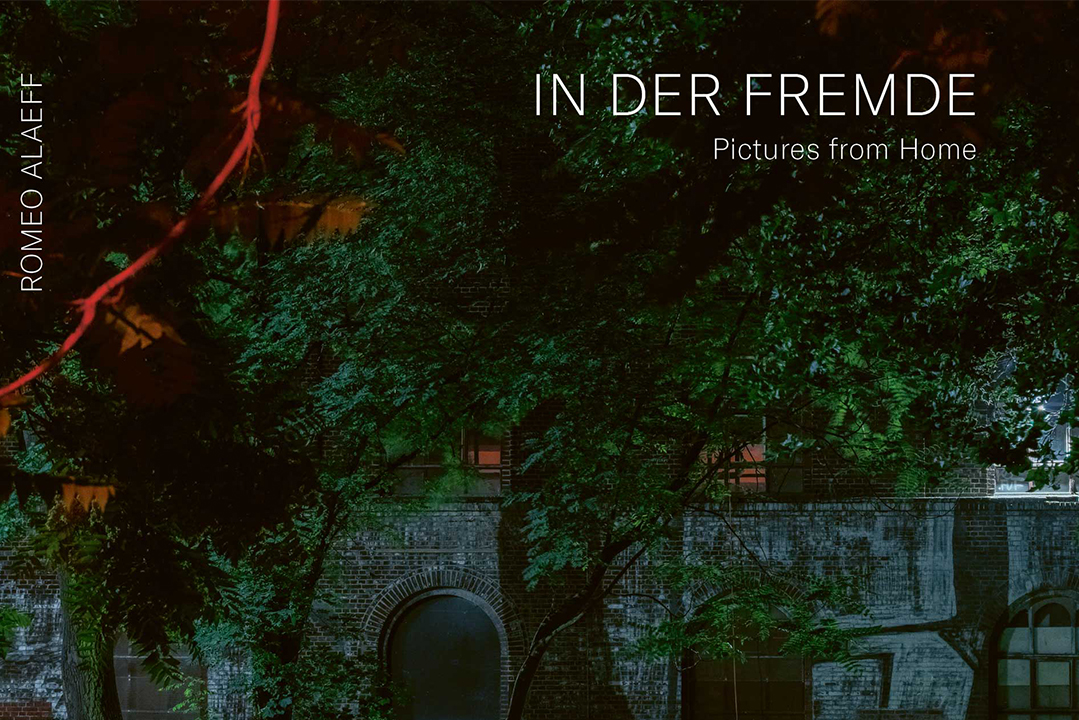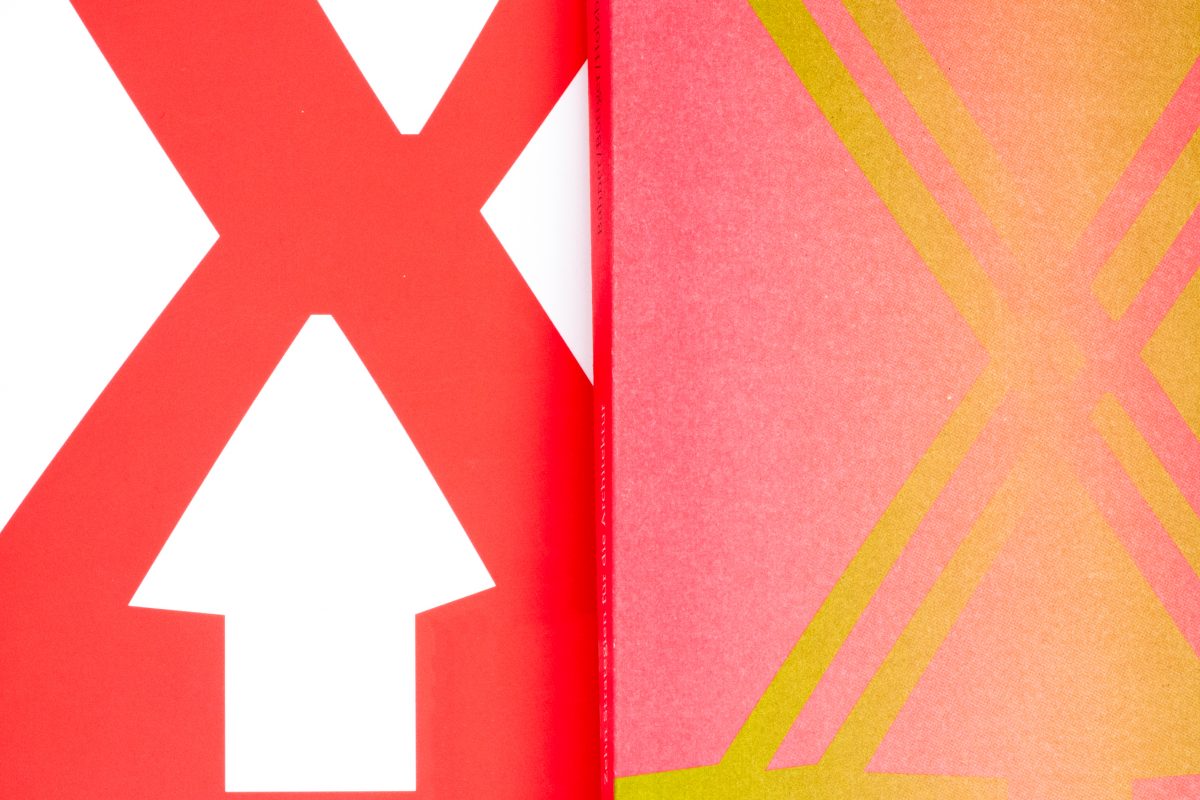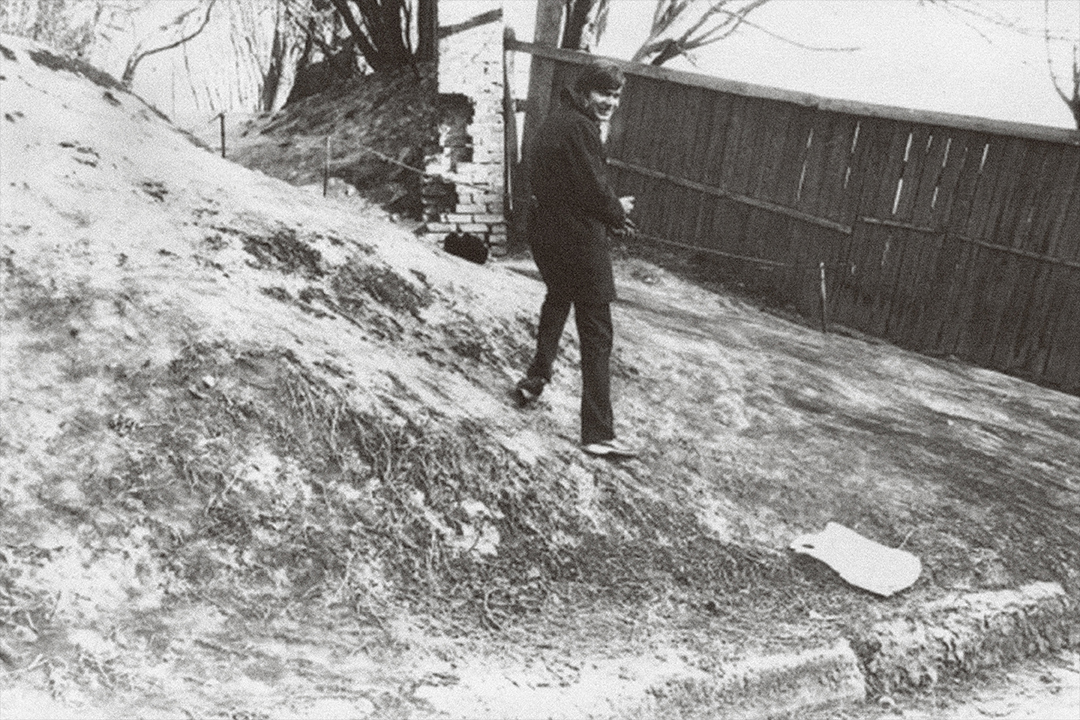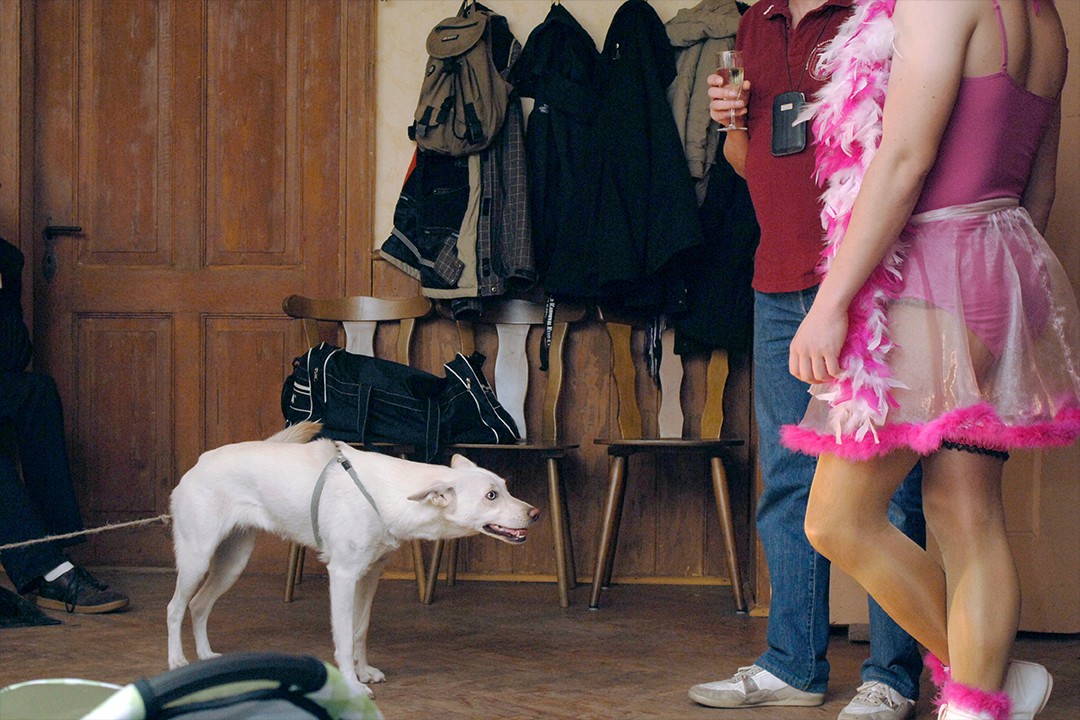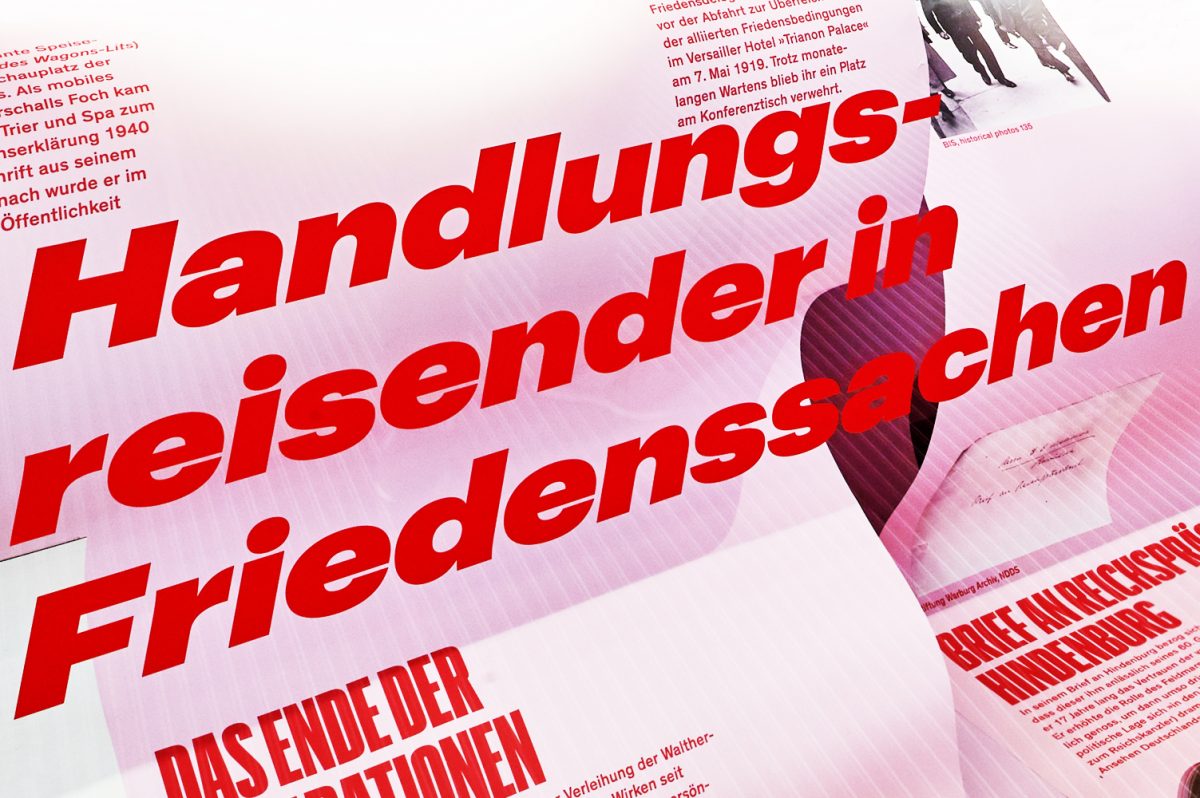In 2013, the Deutsches Technikmuseum celebrated its 30th birthday. The museum’s foundation, which at that time also administered four other cultural institutions, commissioned us to create a new corporate design. We started things off with a branding workshop and got to work defining a clear position.
Archives: Case Studies
Mystic Nights in Berlin
From 2012 to 2020, the artist Romeo Alaeff took to the streets of Berlin at night, armed with a camera, searching for the feeling of home. But what does »home« mean when you are – like Alaeff, a German resident born in the United States to a family with roots in Yemen, the former USSR, Poland and Israel – a foreigner in a foreign land?
From Old to New
It’s high time for a change of perspective in the field of architecture, away from the unsustainable concepts of the past and toward forward-looking ideas. Between 2016 and 2021, the Association of German Architects developed a platform specifically for that purpose.
Series of Four
Boris Mikhailov is part of an important tradition of post-Soviet visual artists. His naturalistic imagery captures a time that is now nearly forgotten, making him the artist of a generation. The Space Between Us, a major 2020 retrospective at the Staatliche Kunsthalle Baden-Baden curated by Luisa Heese, presented nearly 40 years of Mikhailov’s work, from 1965 to the present.
SPACES
Population numbers are declining in Brandenburg, especially in former industrial areas and the rural parts of the state. Once a town’s last pub closes, it might be up to the volunteer fire department, the annual carnival or the local shooting and fishing clubs to keep community spirit alive. Some new blood would be a blessing, but Brandenburg is not exactly known for its accepting and cosmopolitan attitude toward foreigners.
European Peacemaker
A hundred years ago, people were just as confused about the world as we are today. However, they were living through World War I and its aftermath – a time when ordinary people didn’t get much attention. One of those ordinary people was the subject of Carl Melchior: Jewish Champion of European Peace, an exhibition we designed for the Jewish Museum Berlin.
